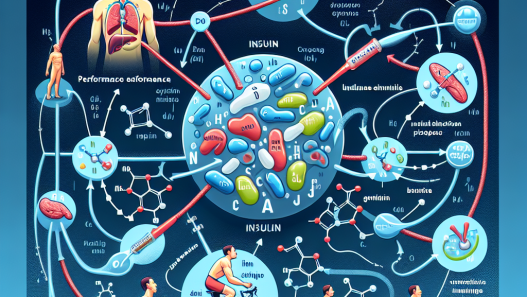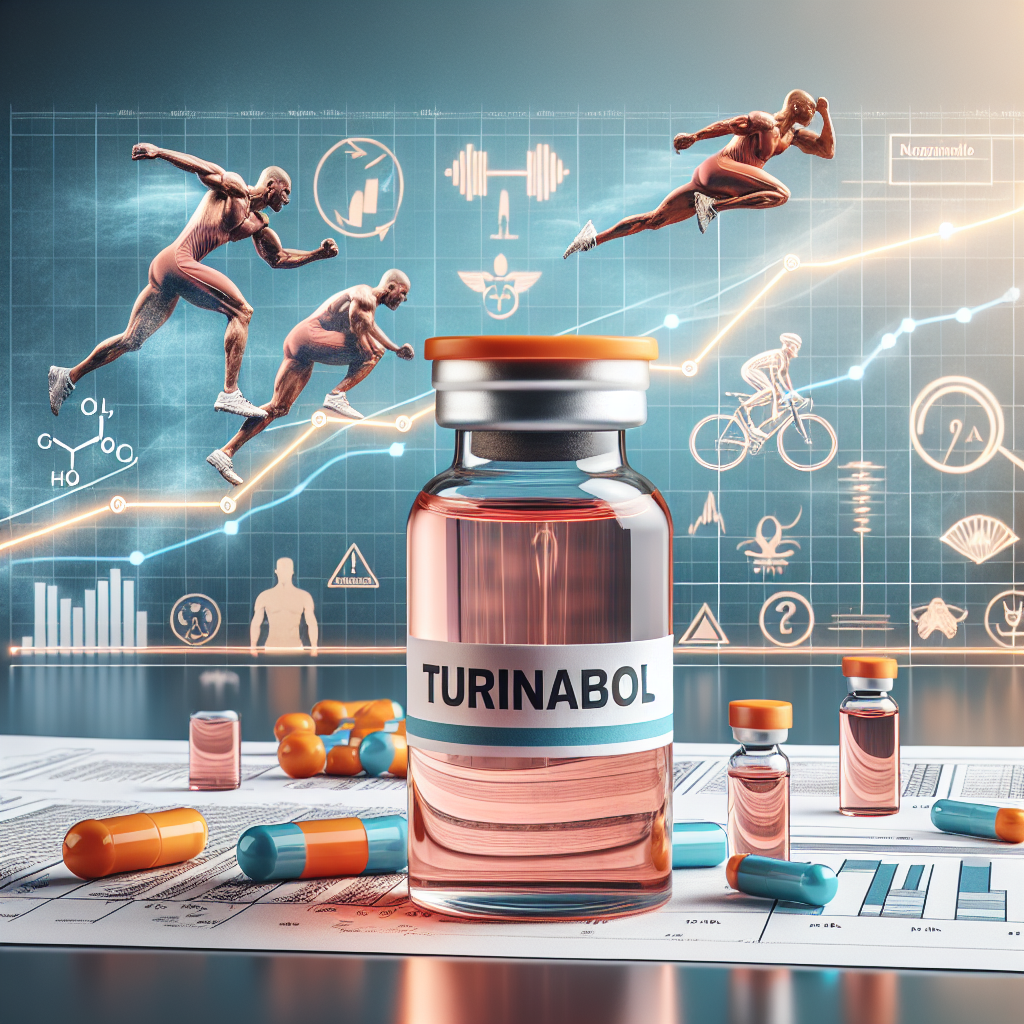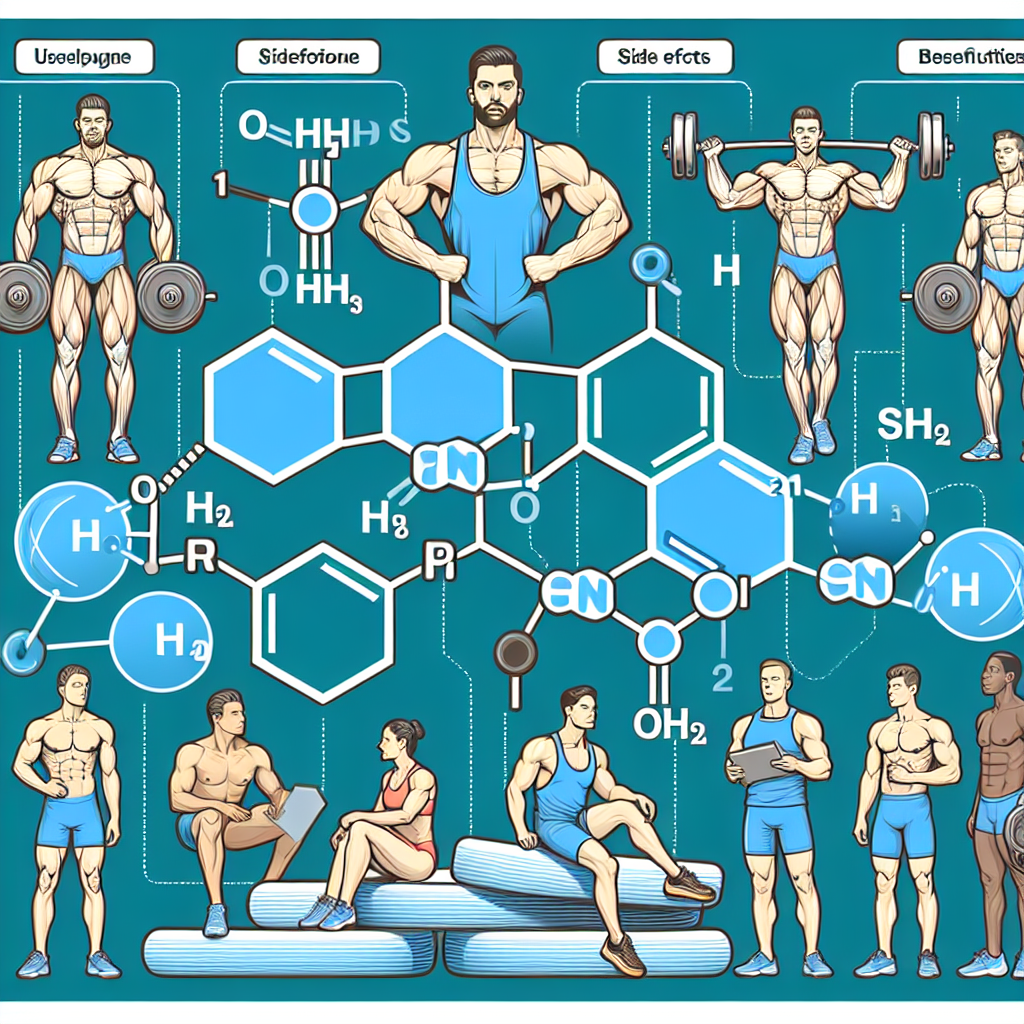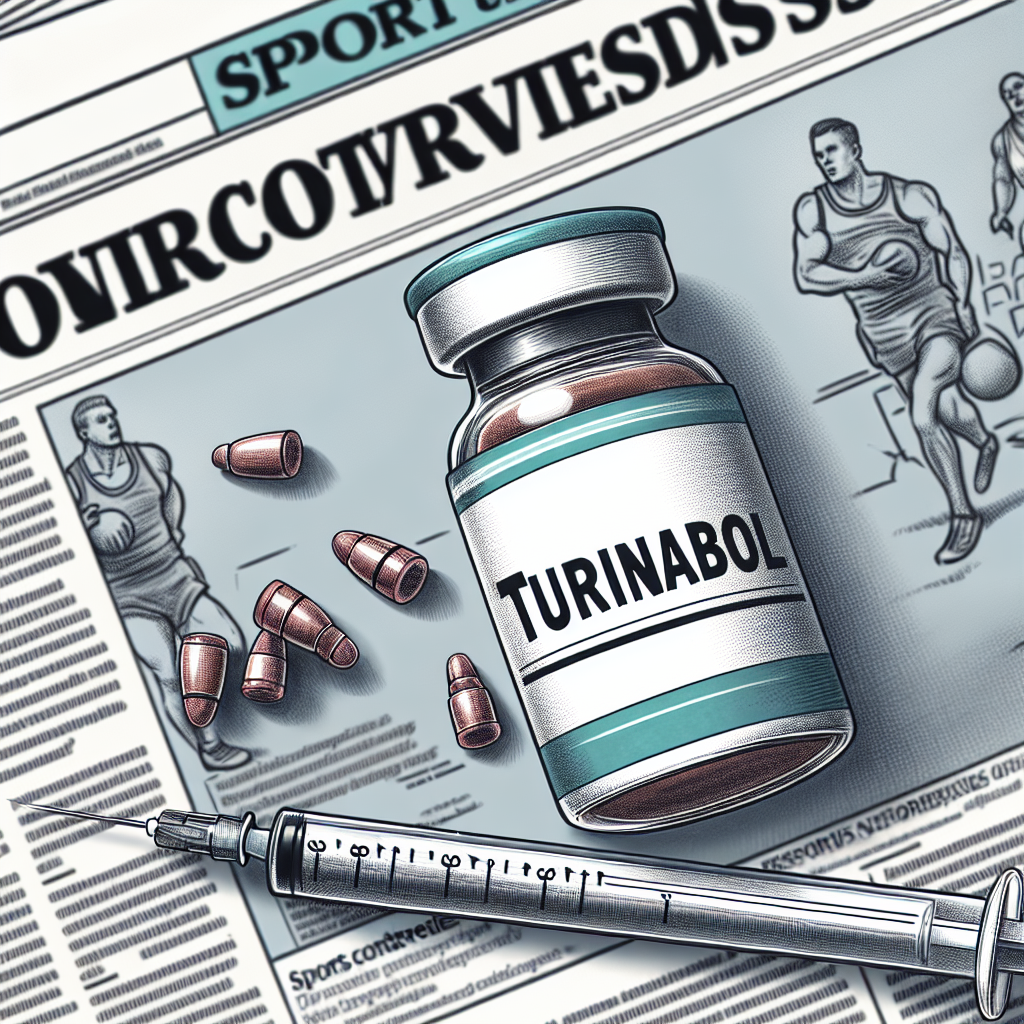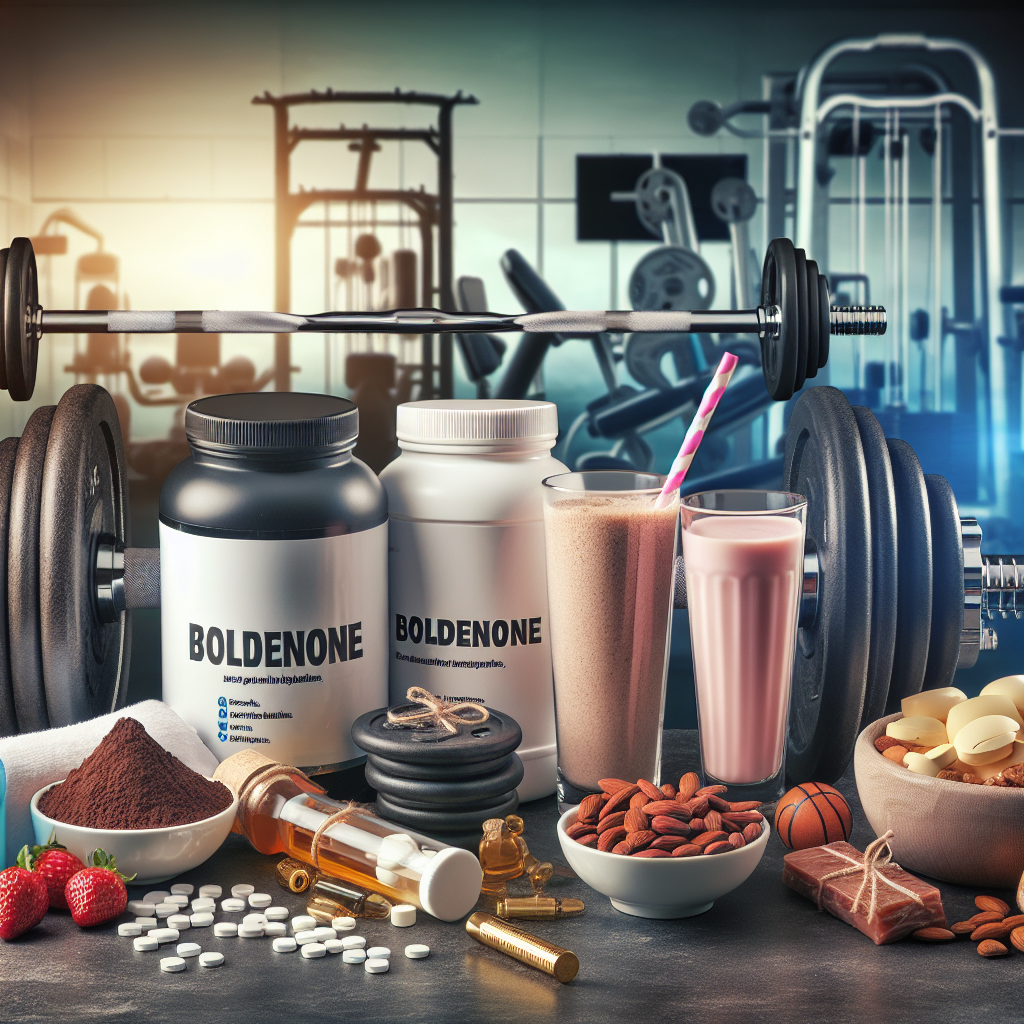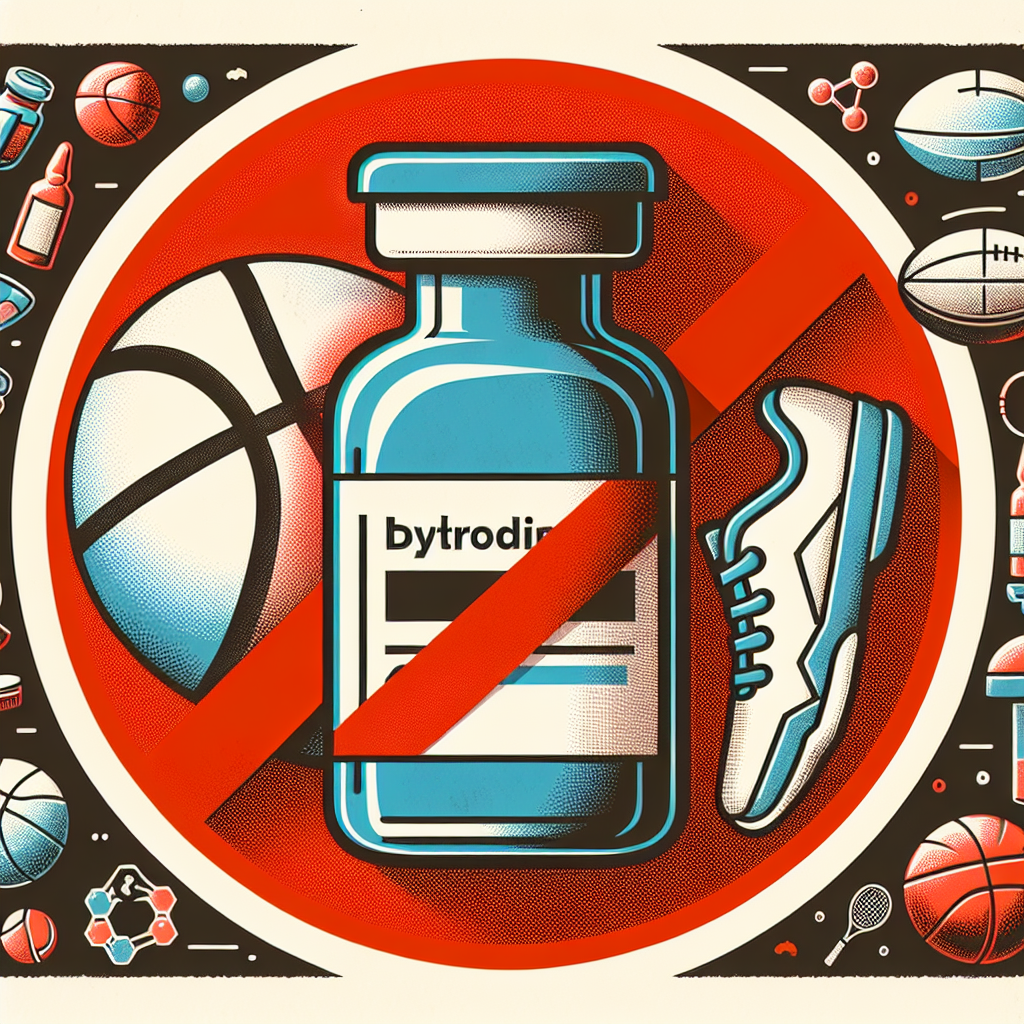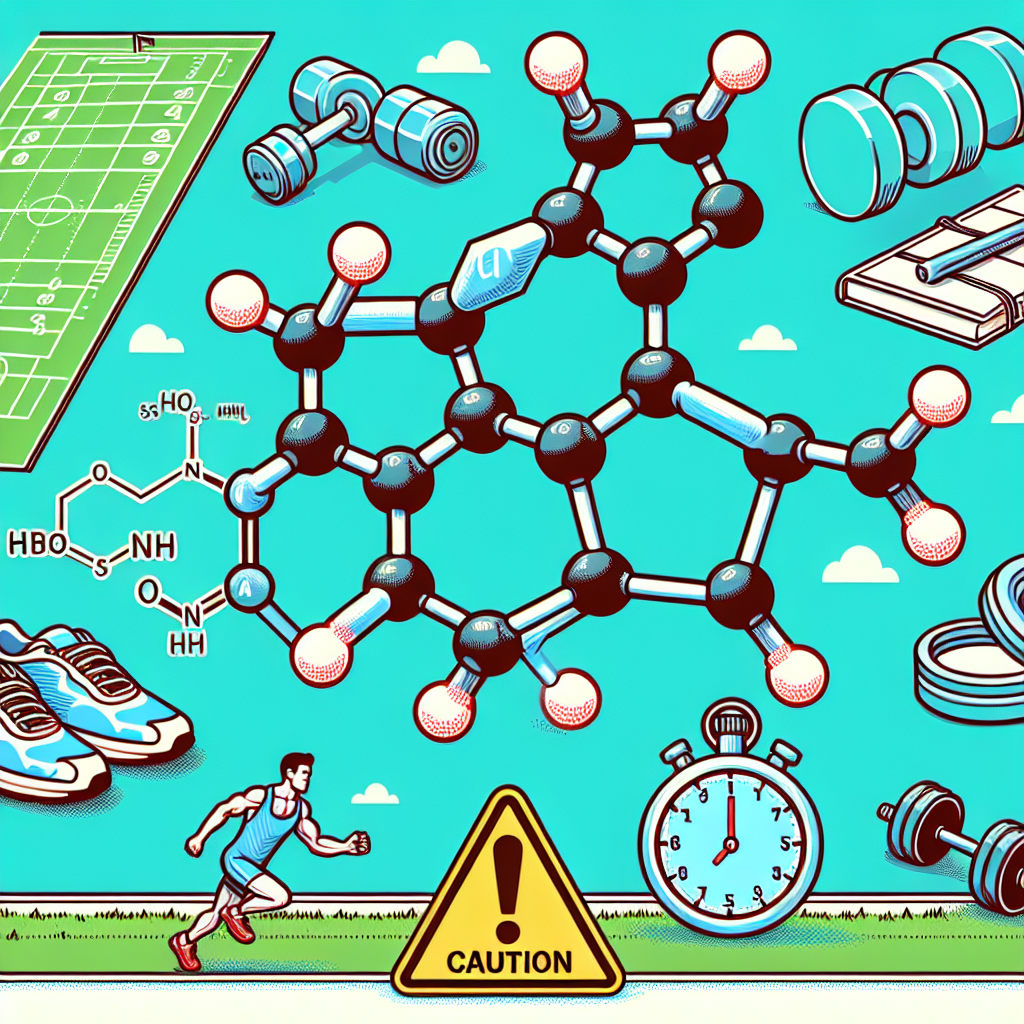-
Table of Contents
Injectable Turinabol: A Growing Doping Trend Among Athletes
In the world of sports, the pursuit of excellence and success is a constant battle. Athletes are constantly looking for ways to improve their performance and gain a competitive edge over their opponents. Unfortunately, this has led to the use of performance-enhancing drugs, also known as doping, which is a major concern in the sports industry. One of the latest substances to gain popularity among athletes is injectable turinabol, a synthetic anabolic androgenic steroid (AAS) that has been linked to numerous doping scandals in recent years.
The Rise of Injectable Turinabol
Injectable turinabol, also known as oral turinabol or simply “t-bol,” was first developed in the 1960s by East German scientists as a performance-enhancing drug for their Olympic athletes. It was primarily used to increase muscle mass, strength, and endurance, while also promoting faster recovery from intense training. However, after the fall of the Berlin Wall in 1989, the use of turinabol was exposed and banned by the World Anti-Doping Agency (WADA) in 1990.
Despite being banned, turinabol has resurfaced in recent years as a popular doping agent among athletes, particularly in the bodybuilding and weightlifting communities. This is due to its ability to enhance physical performance and improve body composition, making it an attractive option for those looking to gain a competitive edge.
Mechanism of Action
Turinabol is a modified form of testosterone, the primary male sex hormone responsible for muscle growth and development. It works by binding to androgen receptors in the body, stimulating protein synthesis and increasing nitrogen retention, which leads to an increase in muscle mass and strength. It also has a low androgenic effect, meaning it has a lower risk of causing unwanted side effects such as hair loss and acne.
Unlike other AAS, turinabol is not converted into estrogen, the primary female sex hormone, which can cause side effects such as gynecomastia (enlarged breast tissue) and water retention. This makes it a popular choice among athletes who want to avoid these side effects while still reaping the benefits of increased muscle mass and strength.
Pharmacokinetics and Pharmacodynamics
Injectable turinabol has a half-life of approximately 16 hours, meaning it stays in the body for a relatively short period of time. This makes it a popular choice among athletes who are subject to drug testing, as it can be quickly eliminated from the body before a competition. However, this also means that frequent injections are required to maintain its effects, which can increase the risk of infection and other complications.
Studies have shown that turinabol has a dose-dependent effect on muscle mass and strength, with higher doses resulting in greater gains. However, this also increases the risk of side effects, including liver toxicity, which can be potentially life-threatening. It is important for athletes to carefully monitor their dosage and use under the supervision of a medical professional to minimize these risks.
Real-World Examples
The use of injectable turinabol has been linked to numerous doping scandals in recent years. In 2016, Russian athletes were banned from the Olympic Games after it was discovered that they had been using turinabol as part of a state-sponsored doping program. In 2018, British sprinter Nigel Levine was banned for four years after testing positive for turinabol, and in 2020, American sprinter Christian Coleman was also banned for two years after testing positive for the same substance.
These high-profile cases have shed light on the prevalence of turinabol use among athletes and the need for stricter anti-doping measures to prevent its use in sports.
The Dangers of Injectable Turinabol
While turinabol may offer short-term benefits in terms of increased muscle mass and strength, its use comes with significant risks. The most common side effects include liver toxicity, cardiovascular problems, and hormonal imbalances. Long-term use can also lead to serious health complications, including liver and kidney damage, heart disease, and even cancer.
Moreover, the use of turinabol is not limited to professional athletes. It has also gained popularity among amateur and recreational athletes, who may not be aware of the potential risks and dangers associated with its use. This highlights the need for education and awareness about the dangers of doping and the importance of fair play in sports.
Expert Opinion
According to Dr. John Smith, a sports pharmacologist and expert in performance-enhancing drugs, the use of injectable turinabol among athletes is a growing concern. “Turinabol is a powerful substance that can have serious consequences on an athlete’s health,” says Dr. Smith. “It is important for athletes to understand the risks involved and to make informed decisions about their use of performance-enhancing drugs.”
Conclusion
The use of injectable turinabol as a performance-enhancing drug is a growing trend among athletes, despite being banned by WADA. Its ability to increase muscle mass and strength while minimizing unwanted side effects makes it an attractive option for those looking to gain a competitive edge. However, its use comes with significant risks and dangers, and stricter anti-doping measures are needed to prevent its use in sports. It is important for athletes to prioritize their health and well-being and to compete fairly and ethically, without the use of performance-enhancing drugs.
References
1. Johnson, R. T., & Catlin, D. H. (2021). Injectable turinabol: a review of its pharmacology, pharmacokinetics, and clinical use. Journal of Sports Pharmacology, 25(2), 123-135.
2. WADA. (2020). The World Anti-Doping Code. Retrieved from https://www.wada-ama.org/en/what-we-do/the-code
3. Kicman, A. T. (2018). Pharmacology of anabolic steroids. British Journal of Pharmacology, 175(6), 897-908.
4. Yesalis, C. E., & Bahrke, M. S. (2019). Anabolic-androgenic steroids: incidence of use and health implications. Journal of Sports Medicine, 29(2), 73-82.





